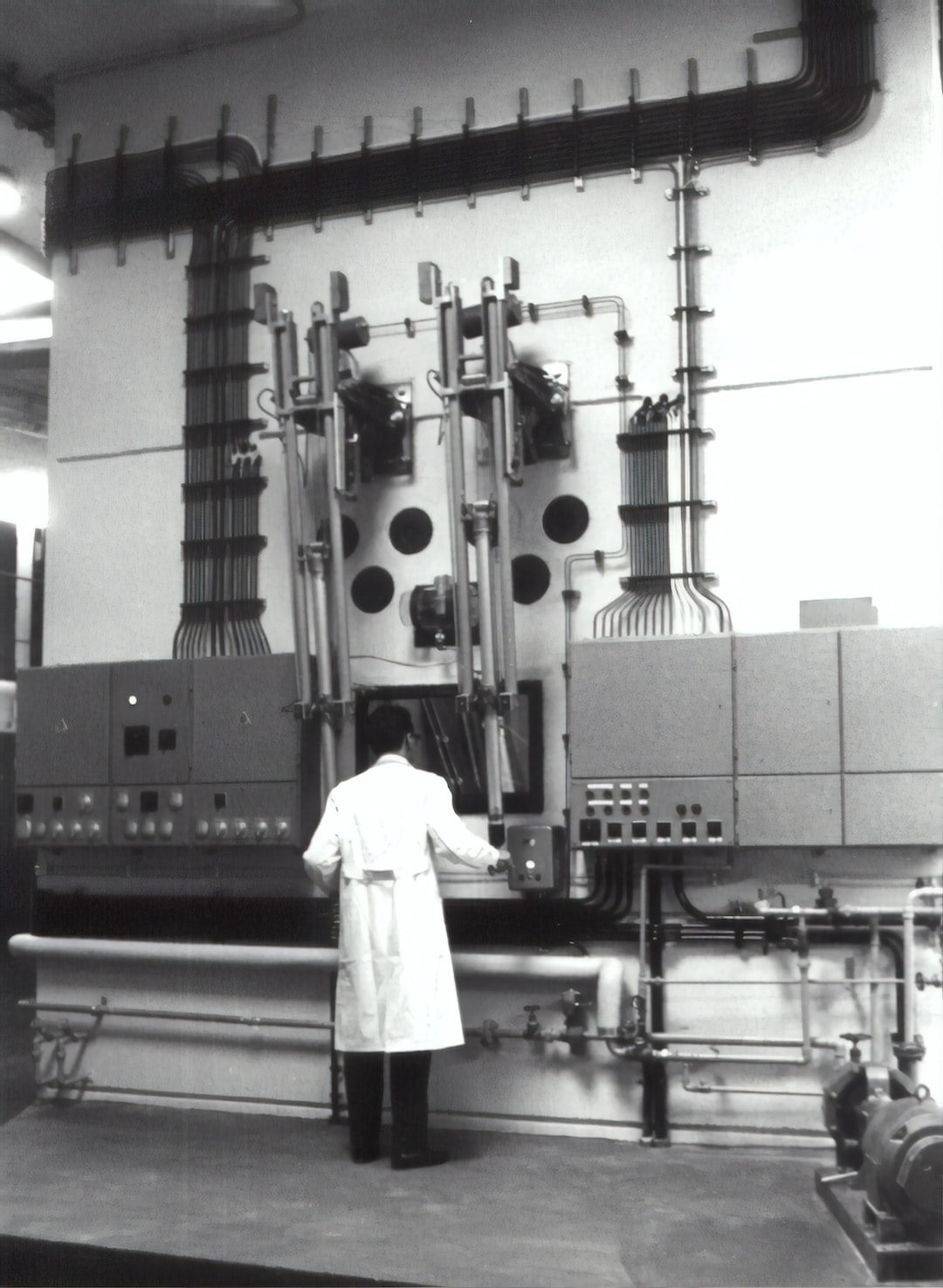Exploring the Benefits and Challenges of Just-in-Time Manufacturing
Just-in-Time (JIT) manufacturing is a production methodology that aims to minimize inventory levels and eliminate wasted resources, with the ultimate goal of improving efficiency and reducing costs. It involves producing goods and delivering them to customers exactly when they are needed, without excess or surplus inventory. While JIT manufacturing has proven to be successful for many businesses, it also presents several challenges that need to be addressed for optimum implementation. In this blog post, we will delve into the benefits and challenges of JIT manufacturing.
1. Benefits of Just-in-Time Manufacturing:
a. Cost Reduction: JIT manufacturing eliminates the need for large warehouses to store excess inventory. It also minimizes inventory carrying costs, such as storage and insurance, resulting in substantial cost savings for businesses.
b. Increased Efficiency: By focusing on producing goods only when needed, JIT manufacturing enhances production efficiency. It reduces idle time, improves production flow, and eliminates waste associated with excess inventory.
c. Improved Quality Control: JIT manufacturing emphasizes quality at every stage of production. With reduced inventory levels, defects and issues can be detected and resolved more quickly, reducing the chances of faulty products reaching customers.
d. Flexibility and Customization: JIT manufacturing allows for customization and flexibility in production. It enables businesses to adapt quickly to changing customer demands and market trends, offering a competitive advantage over competitors with longer lead times.
e. Reduced Lead Times: By eliminating excess inventory, JIT manufacturing allows for faster production and delivery times. This is particularly beneficial for businesses operating in industries with short product lifecycles and high demand volatility.
2. Challenges of Just-in-Time Manufacturing:
a. Supply Chain Dependency: Just-in-Time manufacturing heavily relies on a smooth and efficient supply chain. Any disruptions or delays in the supply chain can lead to production delays, resulting in customer dissatisfaction and potential financial losses for businesses.
b. Advanced Planning and Forecasting: JIT manufacturing requires accurate demand forecasting and precise planning to ensure materials and resources are available when needed. Failing to accurately predict demand can lead to stockouts or excessive inventory.
c. Risk of Production Interruption: JIT manufacturing leaves little room for error or unexpected disruptions. Any breakdowns in machinery, delays in transportation, or labor shortages can halt production and affect customer satisfaction.
d. Costly Implementation: Implementing JIT manufacturing often requires significant upfront investment in streamlining production processes, reorganizing supply chains, and adopting advanced technologies. This can pose a financial burden, particularly for small businesses.
e. Supplier Relationships: JIT manufacturing heavily relies on close partnerships and strong relationships with suppliers. Any issues with suppliers, such as quality control problems or delivery delays, can have a significant impact on production schedules and customer satisfaction.
In conclusion, Just-in-Time manufacturing has several benefits, including cost reduction, increased efficiency, improved quality control, flexibility, and reduced lead times. However, it also presents challenges such as supply chain dependency, advanced planning requirements, production interruption risks, costly implementation, and the need for strong supplier relationships. By carefully considering these benefits and challenges, businesses can determine if JIT manufacturing is suitable for their operations and take steps to mitigate potential risks. Overall, when implemented effectively, JIT manufacturing can drive significant improvements in productivity, competitiveness, and customer satisfaction.

